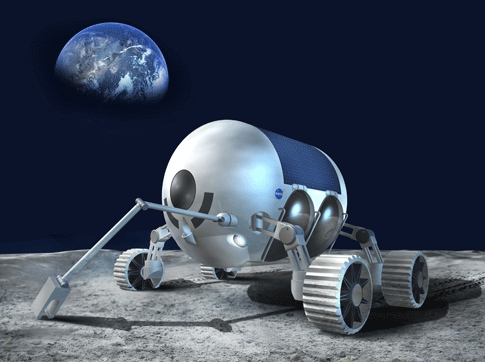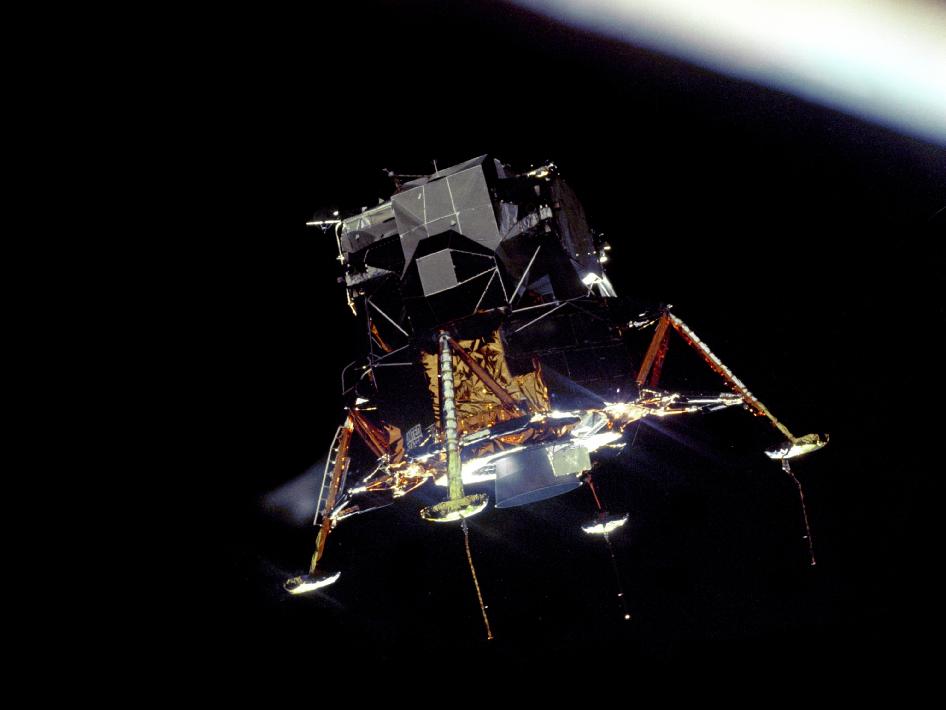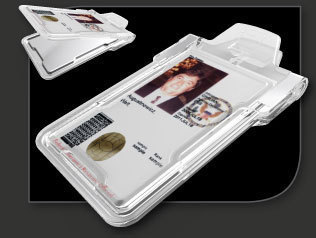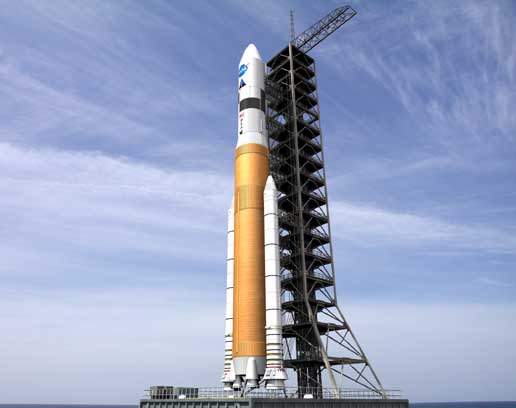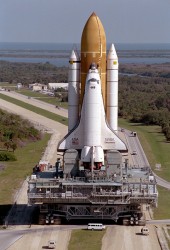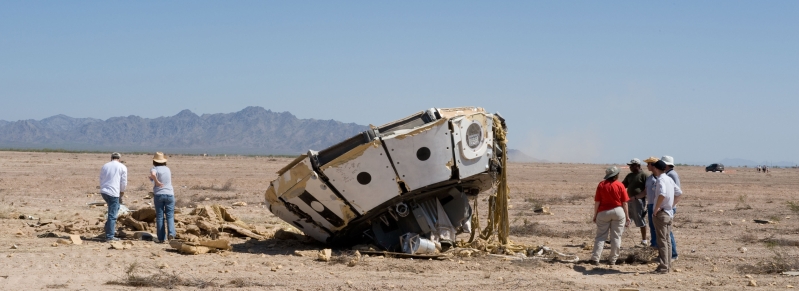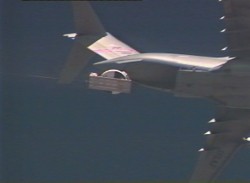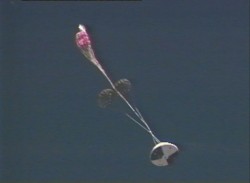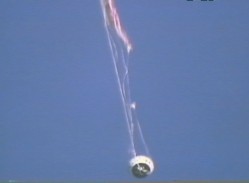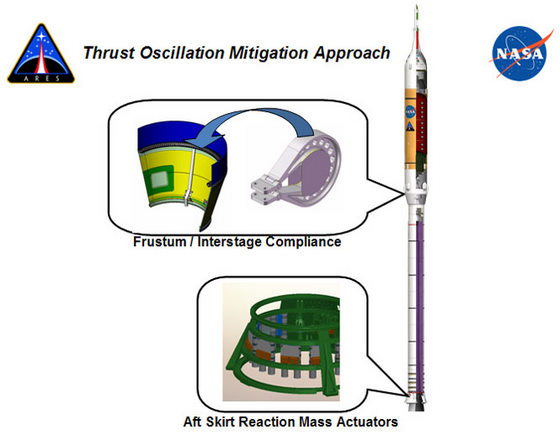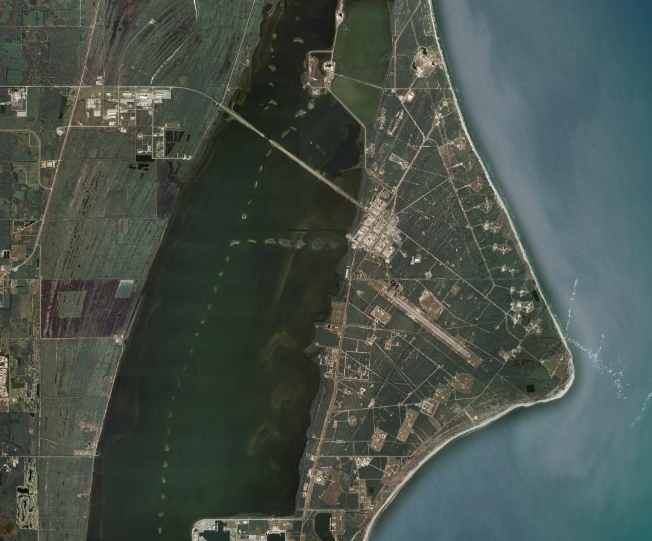[/caption]
Last year, students from Rhode Island School of Design (RISD) were set one of the best coursework projects I’ve ever heard of. The project title was called “Design for extreme environments” and it was sponsored by NASA. By extreme environments, we are talking about the Moon, and by design, we are talking about arriving at new concepts as to how to prevent lunar dust contamination inside future lunar habitats. Since the task was first set, the enthusiastic RSID team have arrived at a concept that NASA will be using in the planning of the 2020 return to the lunar surface…
The Moon is a dirty place. During the Apollo missions, dust from the lunar surface got everywhere. The biggest problem for astronauts came when the tiny, sharp shards of regolith (pulverized bits of rock from billions of years of meteorite impacts) was disturbed by the moon buggy as the lunar explorers travelled across the dusty surface. One event in particular stands out as the problems lunar dust can cause. In 1972, Apollo 17 astronauts Gene Cernan and Jack Schmitt had accidentally damaged the wheel arch of their moon buggy. The result was a dreaded “rooster tail” was they drove, kicking up dust into the vacuum, causing it to cover everything, including spacesuit visors. This would lead to vision impairment, scratches of the protective visor coating and ultimately respiratory problems when transported inside the lunar module (“LEM”). Fortunately Cernan and Schmitt managed to repair their moon buggy with a roll of duct tape, possibly saving the lunar surface mission.
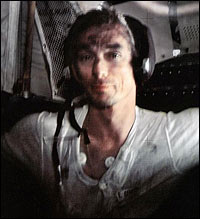
Moon dust contamination was inevitable however, even inside the sealed LEM. So, with the possibility of extended manned exploration of the Moon and Mars from the year 2020, NASA is re-evaluating the challenges astronauts will face when combating this potentially dangerous foe. Many scientists are especially worried about the health of manned settlements should lunar dust be allowed into habitats. Breathing the stuff in could be as dangerous as breathing in asbestos. When working with the dusty cancer-causing material down here on Earth, specialist breathing apparatus must be worn at all times. If this were to be the case on the Moon, to fight the health risks associated with breathing in moon dust, short-term and long-term damage could be inflicted on the young colony.
This is where the RISD project comes in. In preparation for a possible manned return to the Moon in just over a decade, NASA decided to tap into the ingenuity of students from the design school to arrive at some novel ideas as to how eliminate the risk of letting lunar dust into a future moon buggy. Several design and engineering students and graduates from RISD’s Industrial Design Department took part in a RISD/NASA research internship focusing on elements of a future lunar module – the descent stage, habitat and ascent stage. The 2007 summer internship focused on the dust problem.
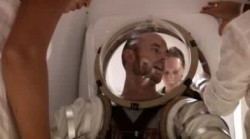
The students investigated a “suitlock” design, an airlock that uses the astronauts’ space suits as part of the operation to remove any contaminants. To make access to the lunar surface quick and routine, the research focused on using an existing rear-entry space suit that would be stored inside an air- and dust-tight seal, but the astronauts would be able to slide into the suit whilst keeping the suit itself separate from the habitat interior. To see how the RISD concept works, view the full-scale mock-up video of the demonstration session.
The RISD concept was taken from paper and consolidated into a full-scale rigid mock up. The design can now be evaluated by NASA for possible inclusion in the future exploration of the Moon. This project for the RISD interns is obviously a valuable experience for the students taking their vision and turning it into a “real-world” application, but NASA has the chance to learn from the fertile imaginations of design and engineering graduates, possibly taking the exploration of space in an unexpected but advantageous direction…
Sources: RISD, Popular Science

